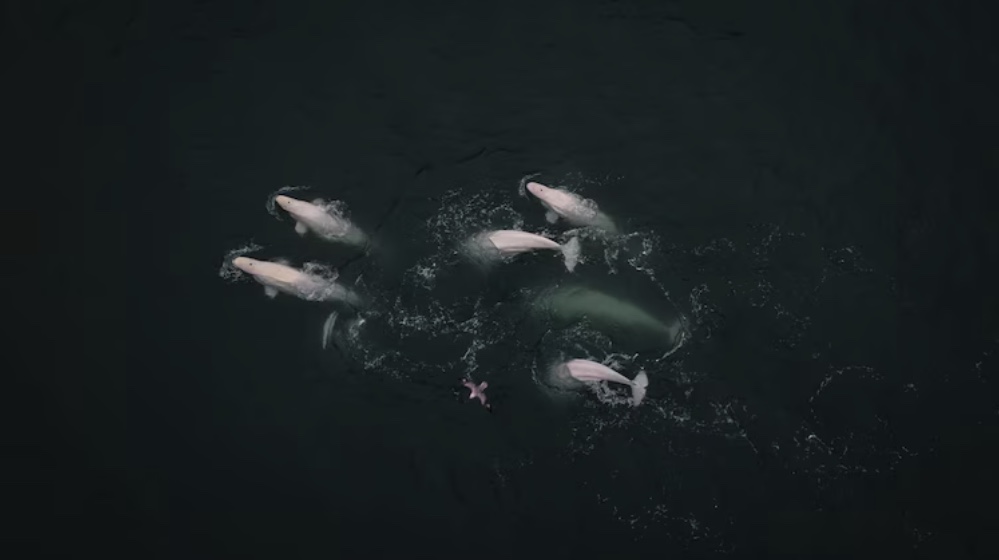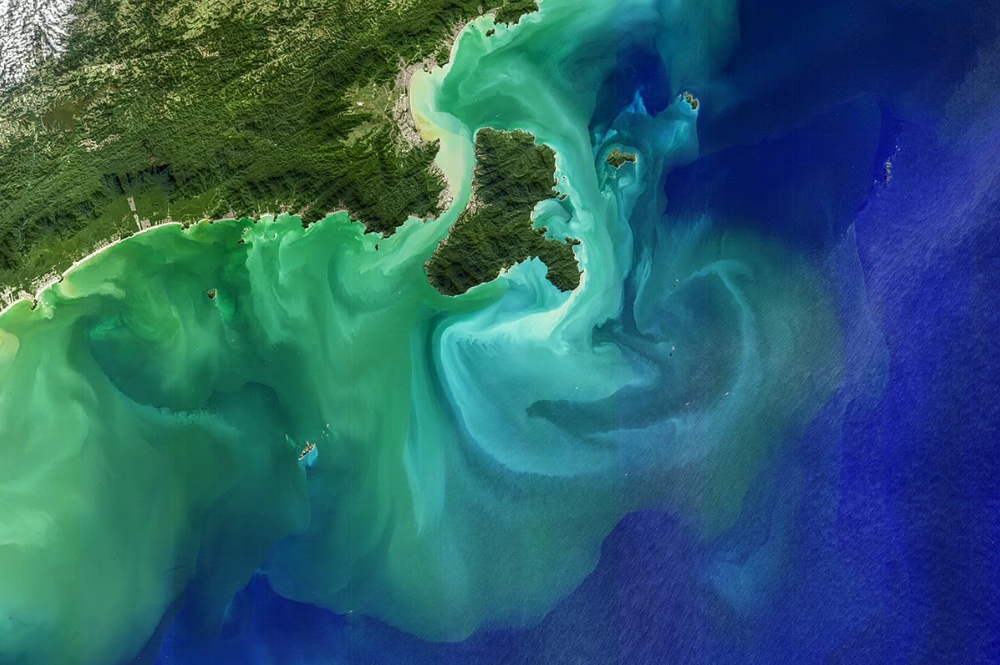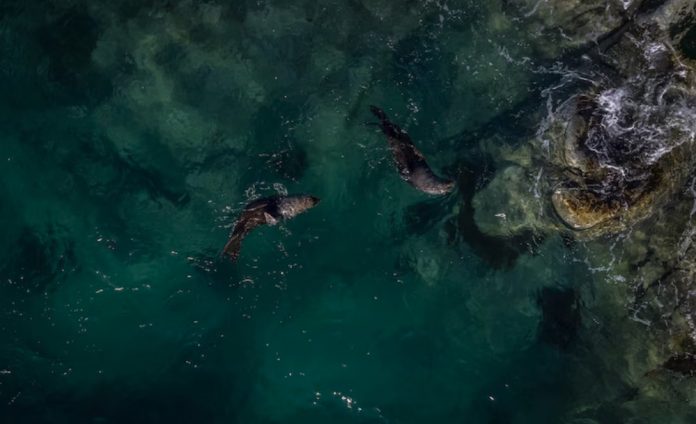ข้อมูลจากดาวเทียมของ NASA ที่เก็บข้อมูลแสงสะท้อนจากพื้นผิวมหาสมุทรพบว่าแนวโน้มสีทะเลเปลี่ยนแปลงไปตามระดับคลอโรฟิลล์ในแต่ละภูมิภาค โดยน้ำทะเลในเขตขั้วโลกมีแนวโน้มเขียวขึ้น ขณะที่เขตร้อนกลับน้ำเงินเข้มขึ้นกว่าที่เคย การเปลี่ยนแปลงนี้เกิดจากการกระจายตัวของ “คลอโรฟิลล์” ซึ่งเป็นสารสีเขียวที่ผลิตโดยไฟโตแพลงก์ตอน สิ่งมีชีวิตขนาดเล็กในทะเลที่เป็นพื้นฐานของห่วงโซ่อาหารทางทะเล
ด้วยข้อมูลระหว่างปี 2003–2022 นี้ทำให้เกิดงานวิจัยที่ตีพิมพ์ในวารสาร Science เผยให้เห็นว่ามหาสมุทรทั่วโลกกำลังเปลี่ยนสี การเปลี่ยนสีของมหาสมุทรไม่ใช่แค่เรื่องของภาพถ่ายจากดาวเทียม แต่มันคือสัญญาณเตือนจากธรรมชาติว่าระบบนิเวศกำลังเปลี่ยนไป และเราจำเป็นต้องเข้าใจมัน ก่อนที่ผลกระทบจะย้อนกลับมาสู่มนุษย์โดยตรง

อุณหภูมิน้ำทะเลที่สูงขึ้นมีความเชื่อมโยงกับการเปลี่ยนแปลงนี้อย่างมีนัยสำคัญ แม้ผลการศึกษายังไม่สามารถยืนยันได้เต็มที่ว่าเกิดจากภาวะโลกร้อนเพียงอย่างเดียว แต่การเปลี่ยนแปลงที่สังเกตได้นี้ก็สะท้อนถึงผลกระทบทางชีวภาพที่อาจลึกซึ้งกว่าที่เคยคิดไว้ เนื่องจากไฟโตแพลงก์ตอนเป็นจุดเริ่มต้นของระบบนิเวศในทะเล การลดลงของพวกมันในบางพื้นที่ เช่น ใกล้เส้นศูนย์สูตร อาจส่งผลต่อจำนวนปลาที่หาได้ และนำไปสู่การเคลื่อนย้ายของแหล่งประมง ซึ่งจะกระทบต่อประเทศที่พึ่งพาการประมงเป็นหลักอย่างหมู่เกาะแปซิฟิกและประเทศกำลังพัฒนา

การติดตามความเปลี่ยนแปลงในมหาสมุทรจำเป็นต้องพัฒนาเครื่องมือที่ลึกและแม่นยำขึ้น ขณะเดียวกัน การเปลี่ยนแปลงของสีทะเลนี้อาจกลายเป็นหนึ่งในดัชนีสำคัญที่ช่วยเตือนถึงความเปลี่ยนแปลงของระบบนิเวศระดับโลกที่ไม่อาจมองข้ามได้อีกต่อไป
Satellite data collected by NASA between 2003 and 2022 has revealed a significant shift in ocean color, driven by changes in chlorophyll concentration across different regions. The findings, published in the journal Science, show that polar waters are becoming greener, while tropical waters are turning a deeper blue. This change is directly linked to chlorophyll—a green pigment produced by phytoplankton, microscopic marine organisms that form the foundation of the oceanic food web.
The color shift is more than just a visual anomaly; it is a biological signal that Earth’s ecosystems are undergoing transformation. The study suggests that rising sea temperatures are significantly correlated with these changes in chlorophyll distribution. While researchers caution that climate change may not be the sole factor, the patterns observed raise concerns about deeper biological consequences.
Phytoplankton declines in regions like the equator could lead to a reduction in fish populations and a shift in the location of key fisheries. This would have a profound impact on developing nations and Pacific Island countries that heavily rely on commercial fishing for food security and economic development.
To better understand and respond to these changes, researchers emphasize the need for more advanced and precise tools to monitor the ocean. The changing colors of the sea could become a critical indicator of global ecological shifts—one that humanity can no longer afford to ignore.
#OceanChange #WarmingSeas #NASAResearch #updatenews #TheThailanders
ที่มา : abcnews.go.com

















